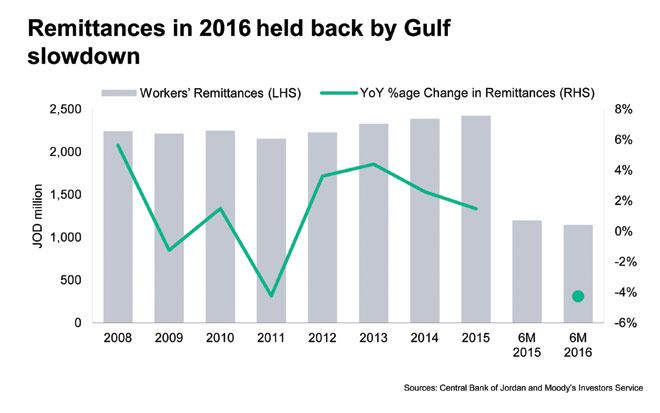You are here
Big banks still threaten economy — US regulators
By Agencies - Aug 06,2014 - Last updated at Aug 06,2014
NEW YORK — US regulators warned Tuesday that 11 giant banks have unrealistic contingency plans in the event of bankruptcy and warned that if they fail they could plunge the world into a new financial crisis.
The Federal Reserve (Fed) and Federal Deposit Insurance Corporation (FDIC) said the 11 titans, popularly known as “those too big to fail”, must make better plans to restructure their firms if they get into trouble.
FDIC Vice Chairman Thomas Hoenig said they had failed to show “how, in failure, any one of these firms could overcome obstacles to entering bankruptcy without precipitating a financial crisis”.
“The plans provide no credible or clear path through bankruptcy that doesn’t require unrealistic assumptions and direct or indirect public support,” Hoenig warned.
The group comprises JPMorgan Chase, Goldman Sachs, Deutsche Bank, Bank of America, Bank of New York Mellon, Barclays, Citigroup, Credit Suisse, Morgan Stanley, State Street and UBS.
Living will
Wayne Abernathy, executive vice president at the American Bankers Association, said the banks will now be able to rework their plans based on the FDIC’s criticism.
Up until this point, the industry has not known what regulators wanted, he complained, rejecting the calls from some expert critics and US lawmakers for large banks to be broken up.
“This isn’t a question of whether a bank is too big,” Abernathy said. “This is a question of a tool that needs to be refined.”
Under the Dodd-Frank Act enacted in response to the 2008 financial crisis, the banks must demonstrate a strategy “for rapid and orderly resolution” in the event of bankruptcy or major financial distress.
But the submissions by the financial giants fail to adequately prepare a so-called “living will” that could avert disaster, FDIC said.
The rule was intended to address the problem of having financial institutions that are “too big to fail” because their demise could wreak havoc on the broader economy.
Tuesday’s announcement marks a second rejection of the banks’ planning by regulators. US financial agencies found fault with the original bank submissions in April 2013.
Excessively leveraged
Regulators have noted “some improvements” since the first round, but still point to huge flaws. The banks have until July 2015 to make “significant progress” to address the shortcomings identified.
At a recent congressional, hearing, Senator Elizabeth Warren pointedly questioned Fed Chair Janet Yellen on the adequacy of the industry’s contingency plans.
She suggested some of the banks should be broken up and noted that JPMorgan is far bigger than Lehman Brothers was when it failed in the early stages of the 2008 financial crisis.
Hoenig warned that banks today are “generally larger, more complicated and more interconnected” than they were prior to 2008.
The large banks are also generally “excessively leveraged” compared with the banking industry as a whole, he remarked.
The regulators listed a series of actions expected of banks in their next submissions, such as simplifying their legal structure and amending financial contracts with counterparties in an insolvency.
Abernathy said the suggested measures were possible, but warned against indiscriminate moves to break up the financial behemoths.
Replacing the 11 banks with 40 smaller banks would “reduce diversification” and the banks’ “ability to handle the transactions their customers need”, he indicated. “I think that’s economic chaos.”
Separately, Moody’s Investors Service has revised down its outlook on British banks, saying new regulations designed to prevent taxpayers having to stump up funds to rescue failing banks make them more risky investments.
Moody’s said on Tuesday it had downgraded its view of the sector to “negative” from “stable”, citing plans by Britain’s financial regulator to introduce new rules for the rescue of ailing banks and to force lenders to ring-fence their retail operations from riskier investment banking operations which could be allowed to fail.
In the past, British banks had benefited from an implicit guarantee that the government would not allow them to fail. The new regime would see bondholders and big depositors take hits when large banks need rescuing.
Britain pumped a combined £66 billion ($111.3 billion) into Royal Bank of Scotland and Lloyds Banking Group to prevent their collapse during the 2008 financial crisis.
Moody’s said the new rules “are designed to prevent the use of taxpayer funds to support failed institutions and to facilitate the going-concern loss-absorption of creditors, including senior unsecured bondholders”.
“The key driver of the change in outlook to negative for the UK banking system is that the UK government is now able to finalise the secondary legislation to implement the structural reforms relating to the UK resolution and bail-in regime and the related ring-fencing framework,” said senior Moody’s analyst Carlos Suarez Duarte.
Related Articles
AMMAN — Saudi Arabia suffered another cut to its credit rating on Saturday as Moody’s Investors Service downgraded the kingdom, along with B
LONDON — The University of Oxford, the oldest university in the English speaking world, is planning to sell its first bond in the coming day
AMMAN — Moody's Investors Service said on Wednesday that although credit risks remain high for banks in Jordan, their sound capital and liqu



















